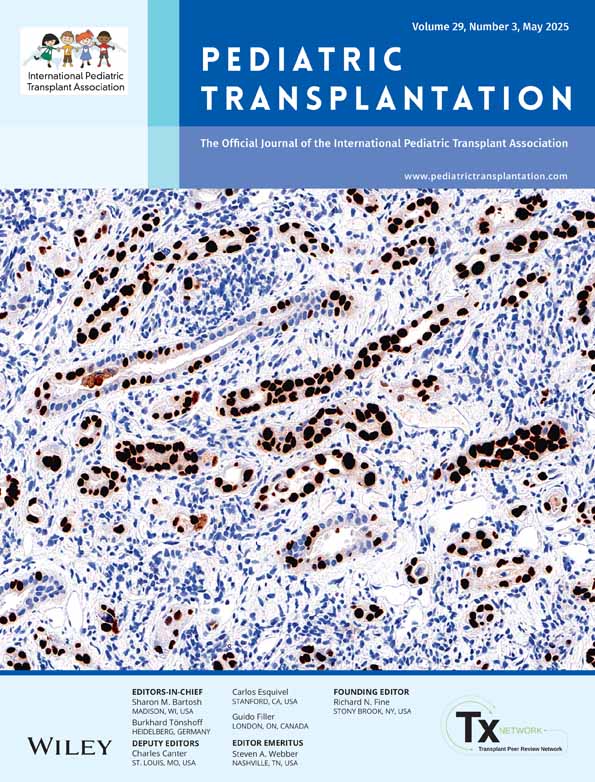Assessment of Liver Fibrosis Through Shear Wave Elastography in Pediatric Liver Transplant Recipients
ABSTRACT
Background
Liver transplantation (LT) is the standard therapy for end-stage liver disease. Liver allografts are at risk for fibrosis, for which biopsy is the gold standard for evaluation but carries risks. There is a need for noninvasive modalities to track the trajectory of fibrosis.
Methods
We evaluated the diagnostic accuracy of shear wave elastography (SWE) liver stiffness (LS) measurements to quantify fibrosis in pediatric liver transplant recipients.
Results
Between 2007 and 2024, 93 patients had 106 liver biopsies performed within 13 months of elastography. LS values were significantly higher in patients with moderate (F2-3) fibrosis compared to those with no significant fibrosis (F0-1) (7.5 ± 0.48 kPa vs. 6.09 ± 0.18 kPa, p = 0.0015). LS values were significantly higher in patients with moderate fibrosis compared to those with no significant fibrosis in both whole (8.4 ± 0.95 kPa vs. 6.6 ± 0.54 kPa, p = 0.02) and segmental allografts (7.1 ± 0.52 kPa vs. 5.9 ± 0.17 kPa, p = 0.02). There was no significant difference in LS values according to allograft type or donor status. The AUROC for LS measurements was 0.71, indicating a good discriminative ability between no significant and moderate fibrosis. A cut-point of 6.09 kPa for SWE was identified, distinguishing between no significant and moderate fibrosis (sensitivity of 81%). A SWE cut-point of 10.40 kPa had a high specificity of 99% in determining moderate fibrosis.
Conclusion
We demonstrated a significant association between biopsy fibrosis and SWE LS values and conclude that SWE provides a noninvasive option for monitoring liver a fibrosis.
Conflicts of Interest
The authors declare no conflicts of interest.
Open Research
Data Availability Statement
The data that support the findings of this study are available from the corresponding author upon reasonable request.




